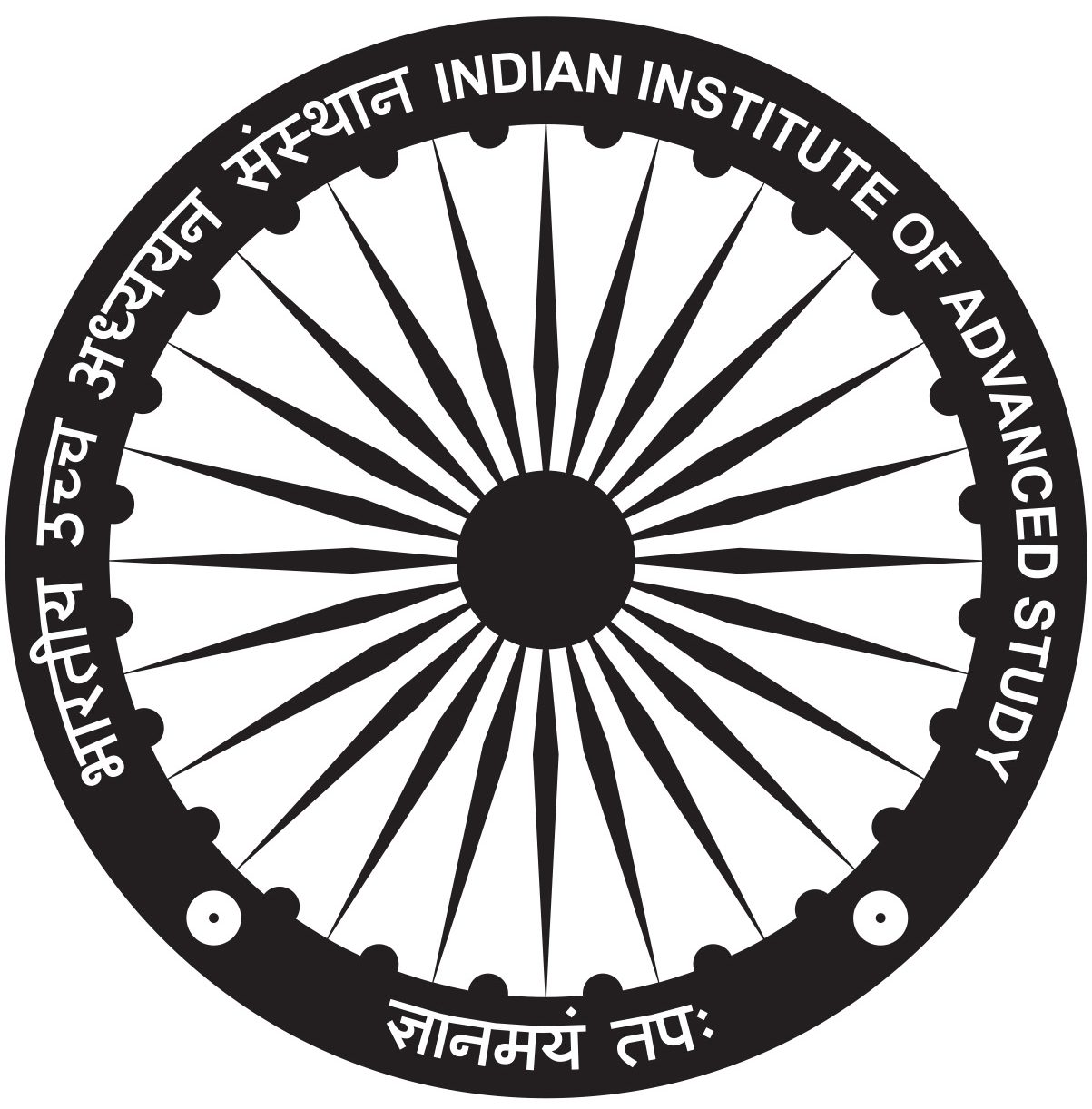Date/Time
Date(s) - 11/12/2019
3:00 pm - 5:00 pm
Location
Seminar Hall
Categories
CULTURE, CORRUPTION AND INSURGENCY:
THREATS AND QUEST FOR SURVIVAL IN NAGALAND
Dr. Pavithran Nambiar, Fellow
Abstract
Nagaland has been under the shadow of insurgency for almost seven decades, which is considered to be the ‘mother of all insurgencies’ in India and especially in the Northeast. At the same time this is a state where corruption is rampant in all walks of life.
This study has three-fold purpose, (1) to locate the relationship between culture and corruption in Nagaland, (2) to explore the linkage between corruption and insurgency in the state, and (3) to formulate policy recommendations for containing insurgency.
The first chapter (Introduction) gives an outline of the study that contains – Defining terms; Insurgency in the Northeast: A Brief Narration; Insurgency in Nagaland: A Brief; The Problem Statement; Violence; Corruption; Extortion; Why Study Naga Insurgency?; Why identified Culture and Corruption?; Review of Literature; Objectives; Methodology; and Chapterization (discussed in the Introductory Presentation).
Chapter II: Culture and Corruption in Naga Society
No study has been done in India to explore the relationship between Culture and Corruption. So, after studying different dimensions of culture and corruption, the researcher identified certain parameters that could help establishing their links. They are (1) Prevalence of culture of corruption, (2) Strong family bonds and intra clan ties leads to corruption, (3) The custom of giving high respect to people who involve in corruption, and (4) Preference for job that enables to amass extra illegal money. Thereafter, literature dealt with the menace of corruption in Nagaland were perused, looking for any of these parameters. This method enabled to identify aforesaid factors from numerous literature, which proved one of the hypothesis that certain aspects of culture encouraged corruption in Nagaland. Moreover, no work shows any slightest hint about the absence of such relationship.
These findings could be supplemented by the primary data that will be collected through personal interviews during the field work.
Chapter III: Corruption and Insurgency in Nagaland
In the initial days of their struggle for sovereignty, the Nagas were very honest. Nagas on no occasion believed that they were Indian nationals and they never wanted to be a part of India. It was the British who annexed Naga Hills with Assam, and when the British left, Nagaland had to be free and independent as earlier. Nagas better preferred death than losing their freedom. It was these and related cultural ideologies that gave strong momentum to their fight for a sovereign nation.
Corruption is the misuse of official power for vested interests. Corruption results into unwillingness and/or incapability of the government in the strict implementation of the laws. In case of Nagaland insurgency, the insurgents sneaked to the neighbouring countries like Myanmar, Bangladesh, China, and Pakistan for insurgency training and involved in smuggling of weapons. These show how corruption played significant role in insurgency.
The huge amount of money poured in the state by the Centre has given opportunity to politicians, bureaucrats, government officials, contractors, agents, and so on to accumulate wealth and this notorious gang gained the dubious distinction of being called the ‘Delhi Durbar’. After the statehood, the insurgent groups are involved in forcefully collecting ‘taxes’ from different sources, and one of the sources is the developmental works.
The NIA investigation has found documentary evidence indicating former chief minister and Naga People’s Front (NPF) leader T.R. Zeliang’s involvement in a terror funding case in which he siphoned government funds to NSCN (K) (Manoj Anand, 2018).
In 2018, the NIA arrested three senior Nagaland government officials in connection with its probe into alleged funding of terror groups. The officials paid huge amount of
money to various underground factions such as NSCN-K, NSCN-R, Federal Government of Nagaland (FGN), Naga National Council (NNC) and others between 2012 and 2016.
The Action Committee Against Unabated Taxation (ACAUT) contended that the Naga underground has left aside the Naga nationalism and were interested in ‘private material gains and to fight over interpersonal and intertribal differences’ (Wouters, p.4). Development offices have become a prime source of ‘rebel revenue’ through corruption, especially after ceasefire (p. 82).
There is fence-eating-crops phenomena in Nagaland, wherein the funds for development are being pocketed by stakeholders in the hierarchical chain and insurgent groups mainly in the post-statehood period. In fact, this was and still is an appeasing method to make the people happy by fulfilling their certain demands, so that in the long run they can be forced to forego their principal demand, which is the bone of contention in amalgamating the state with Indian Union.
The CAG reports have brought out anomalies and misappropriation of huge funds that happened in Nagaland. Further, this is not the case of any particular span of time, but year after year, the same situation has continued till today. All these prove beyond doubt the prevalence of extensive corruption in the Nagaland administration.
There are ample literature evidences that show how corruption has fostered the growth and survival of insurgency in Nagaland.
Further, these findings could be supplemented by the primary data that will be collected through personal interviews during the field work.
